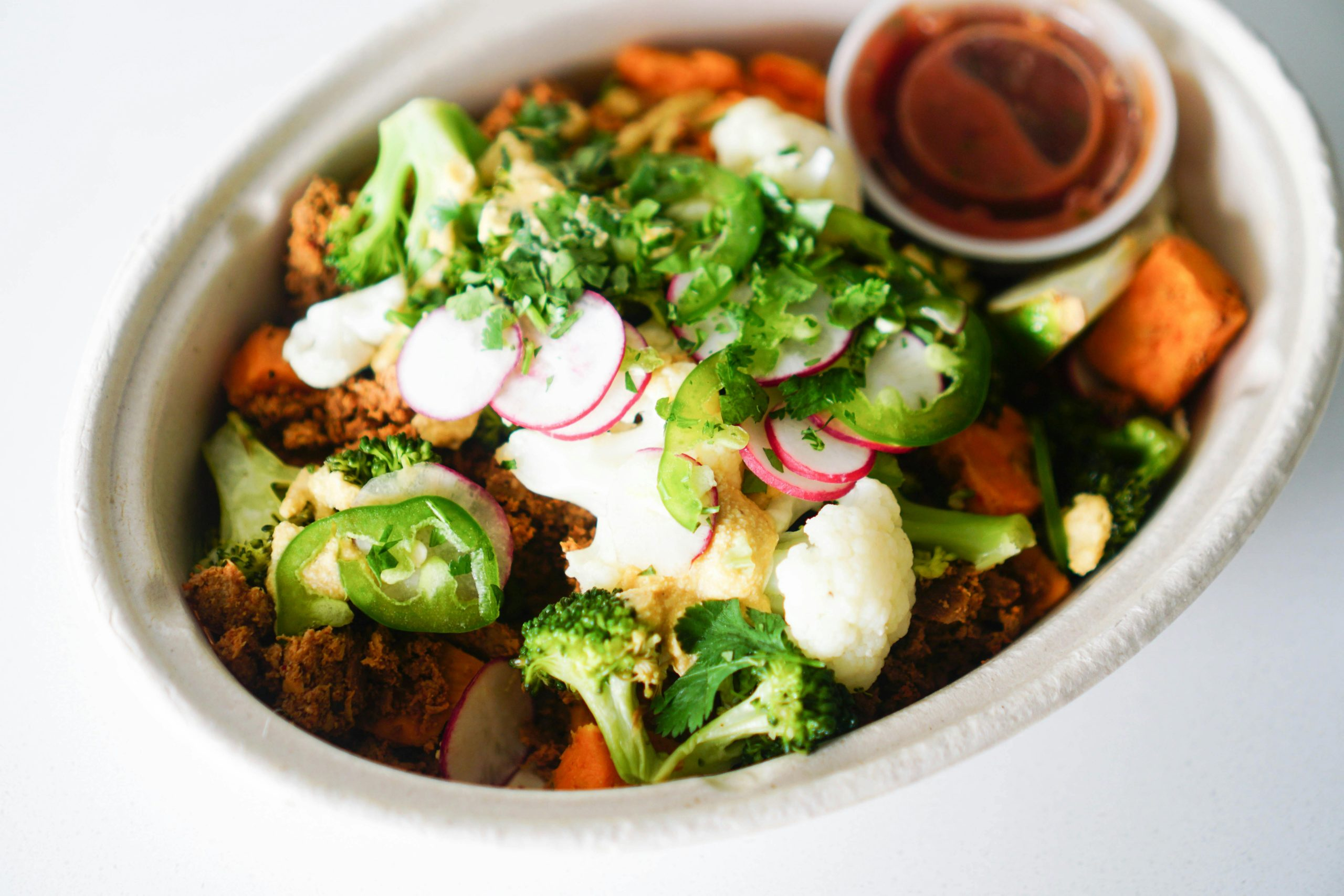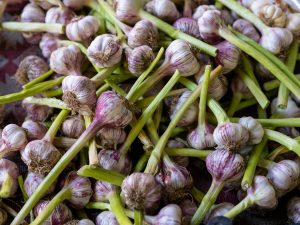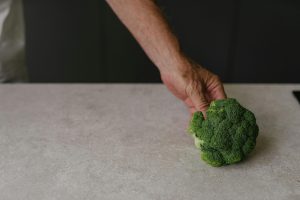Home Fermentation Hacks: Kombucha, Sauerkraut, and Beyond
Fermentation has been used for centuries to preserve food and create delicious, tangy flavors. In recent years, it has experienced a resurgence in popularity, with people looking for ways to incorporate probiotics and healthy bacteria into their diets. Home fermentation, specifically, has become a popular trend, allowing individuals to create their own fermented foods and beverages in the comfort of their own kitchen. In this article, we will explore some home fermentation hacks, focusing on two popular choices – Kombucha and Sauerkraut – and also touch on some lesser-known options, to guide you on your fermentation journey.
Kombucha: The Trendy Probiotic Drink
Kombucha is a fermented drink made from tea, sugar, and a culture of bacteria and yeast known as a SCOBY (symbiotic culture of bacteria and yeast). It has gained popularity in recent years due to its tart, fizzy flavor and probiotic benefits. Making Kombucha at home is relatively easy, and here are a few tips to help you get started:
The Perfect Ingredients
To make Kombucha, you will need black or green tea, sugar, and a SCOBY. You can purchase a SCOBY online or get one from a friend who is already a Kombucha maker. When selecting tea, it is important to use black or green tea, as they contain the necessary compounds that the SCOBY needs to ferment. Avoid using flavored teas or herbal teas, as they may contain oils or additives that can harm the SCOBY. As for sugar, any white sugar will do, but avoid using honey, agave, or other alternative sweeteners as they can affect the fermentation process.
The Fermentation Process
Making Kombucha is all about patience and finding the right environment for your SCOBY to thrive. After brewing and cooling your tea, add your SCOBY and let it sit in a glass jar, covered with a cloth, for 7-14 days. The temperature should be between 68-78 degrees Fahrenheit, and the room should be well-ventilated with no direct sunlight. The longer you let it ferment, the tangier and less sweet your Kombucha will be. Once the desired taste is achieved, strain and bottle your Kombucha and let it sit for a few more days to allow it to carbonate.
Sauerkraut: The Traditional Fermented Cabbage
Sauerkraut is a traditional fermented cabbage dish that originated in Germany and has since been consumed worldwide. It is not only a delicious accompaniment to meals but also rich in probiotics, vitamins, and minerals. Fermenting your own Sauerkraut at home is surprisingly easy, and here are some simple tips to get you started:
Pick the Right Cabbage
The key to making delicious, tangy Sauerkraut is selecting the right cabbage. Look for firm, dense heads of cabbage without any bruises or blemishes. It is also important to use organic cabbage to avoid any chemicals that can hinder fermentation. Red cabbage can also be used, but it may result in a different color and flavor.
The Simple Fermentation Process
To make Sauerkraut, you will need to shred your cabbage into thin strips and massage it with some salt. This process helps release the cabbage’s natural juices, creating a salty brine that encourages fermentation. After packing the cabbage into a jar, weigh it down with something heavy to ensure that it stays submerged in the brine. Let the Sauerkraut ferment at room temperature for about 1-4 weeks, depending on the desired taste.
Beyond Kombucha and Sauerkraut: Other Fermentation Options
While Kombucha and Sauerkraut are popular choices, there are many other fermenting options to explore. For starters, you can try making your own yogurt, kimchi, or even pickles. You can also experiment with different spices and herbs to create unique flavors and add variety to your fermented foods. The key is to have fun and get creative with your fermentation process.
In conclusion, home fermentation is a simple and fun way to add probiotics and healthy bacteria to your diet. With the right ingredients, time, and patience, you can create delicious and nutritious fermented foods and drinks in your own kitchen. So, don’t be afraid to take on the home fermentation challenge and reap the benefits of these tangy, probiotic-rich treats.










